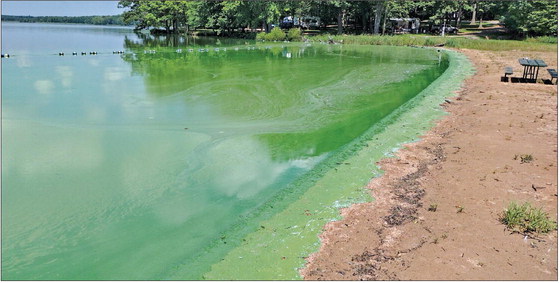‘A little nasty’
County revisits ideas for reducing runoff to address algae blooms in Big Eau Pleine


By Kevin O’Brien
Pictures of bright-green beaches at Big Eau Pleine Park were used as a lead-in to a presentation last week from conservation offic...


